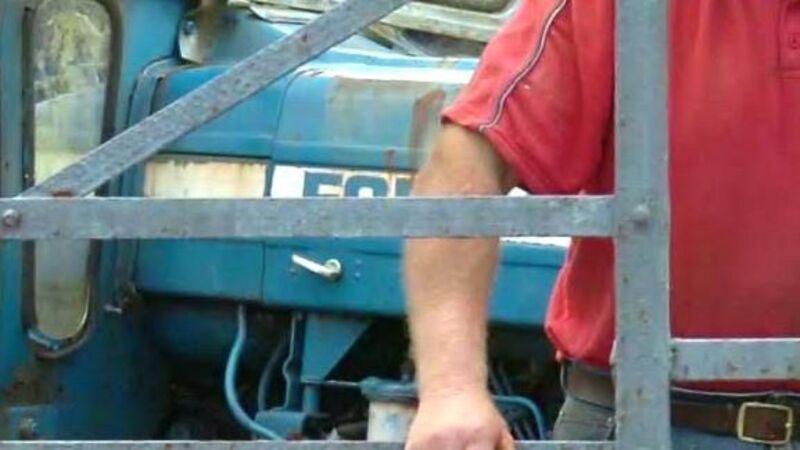Ireland faces battle to cut farming’s CO2 footprint

Ireland has accepted the EU target of cutting its emissions by 40% by 2030, knowing the country’s burden was and would be an issue, he said.
Emissions, especially from the country’s national herd amount to 42% of the non-tradable greenhouse gas emissions, and this is the highest in the world after New Zealand.












